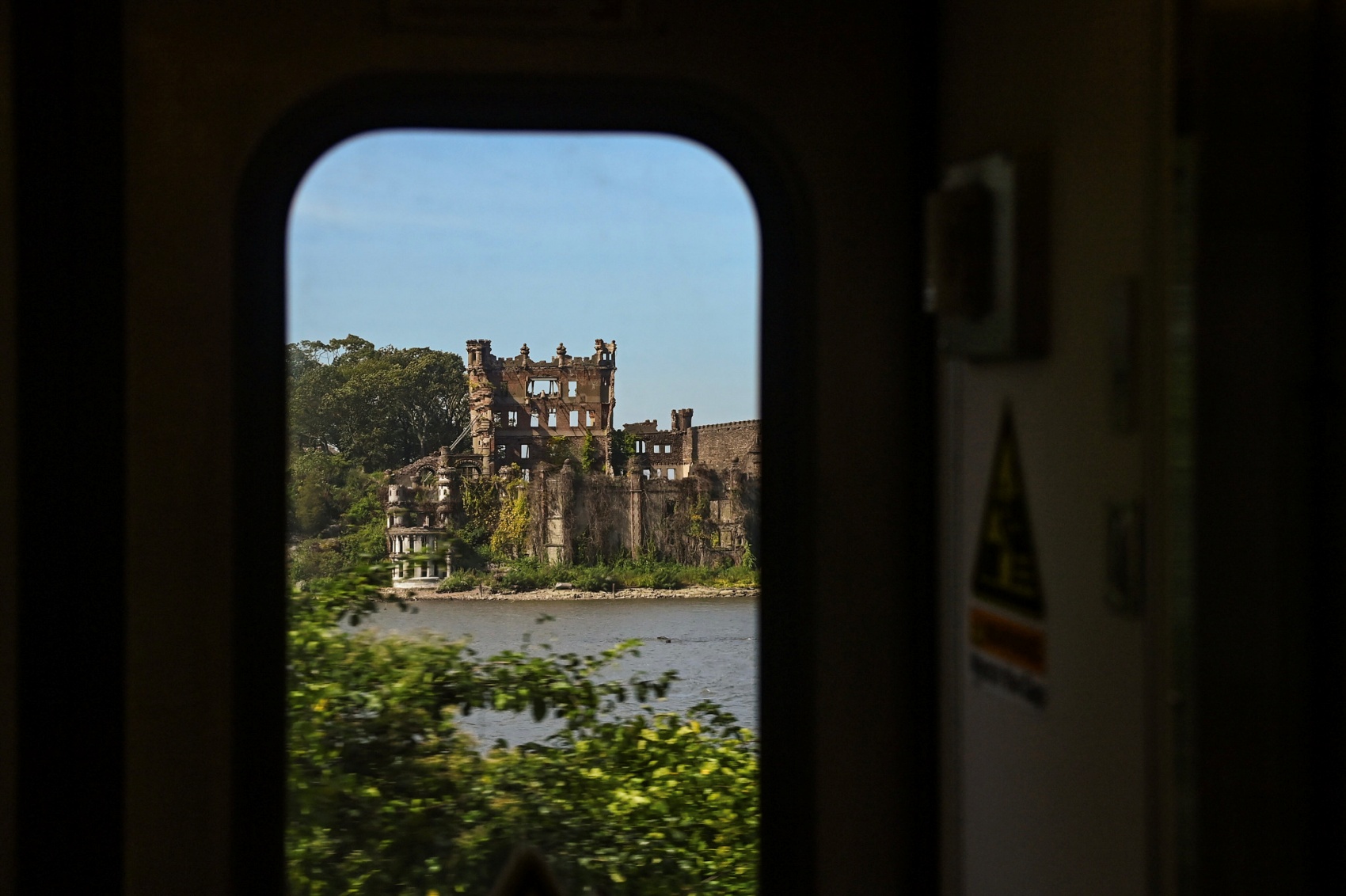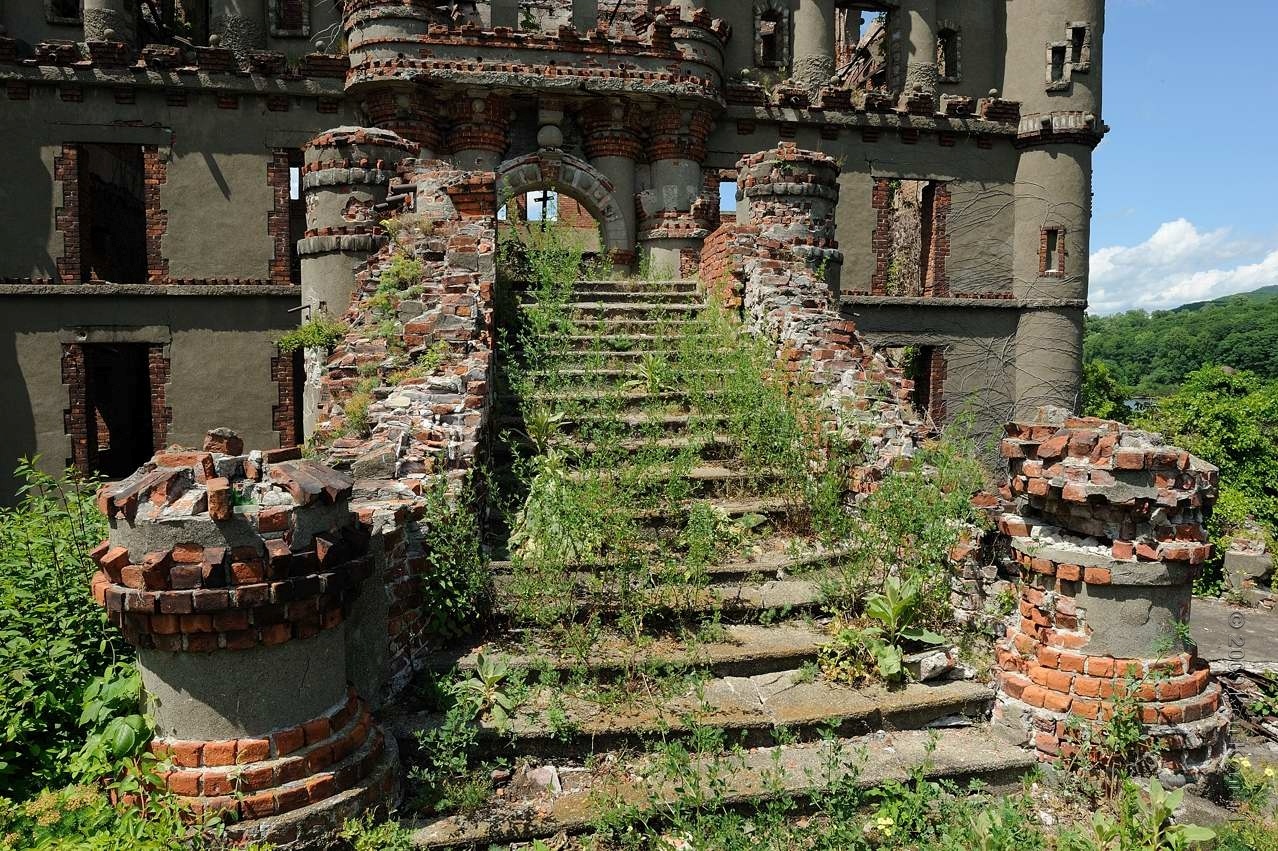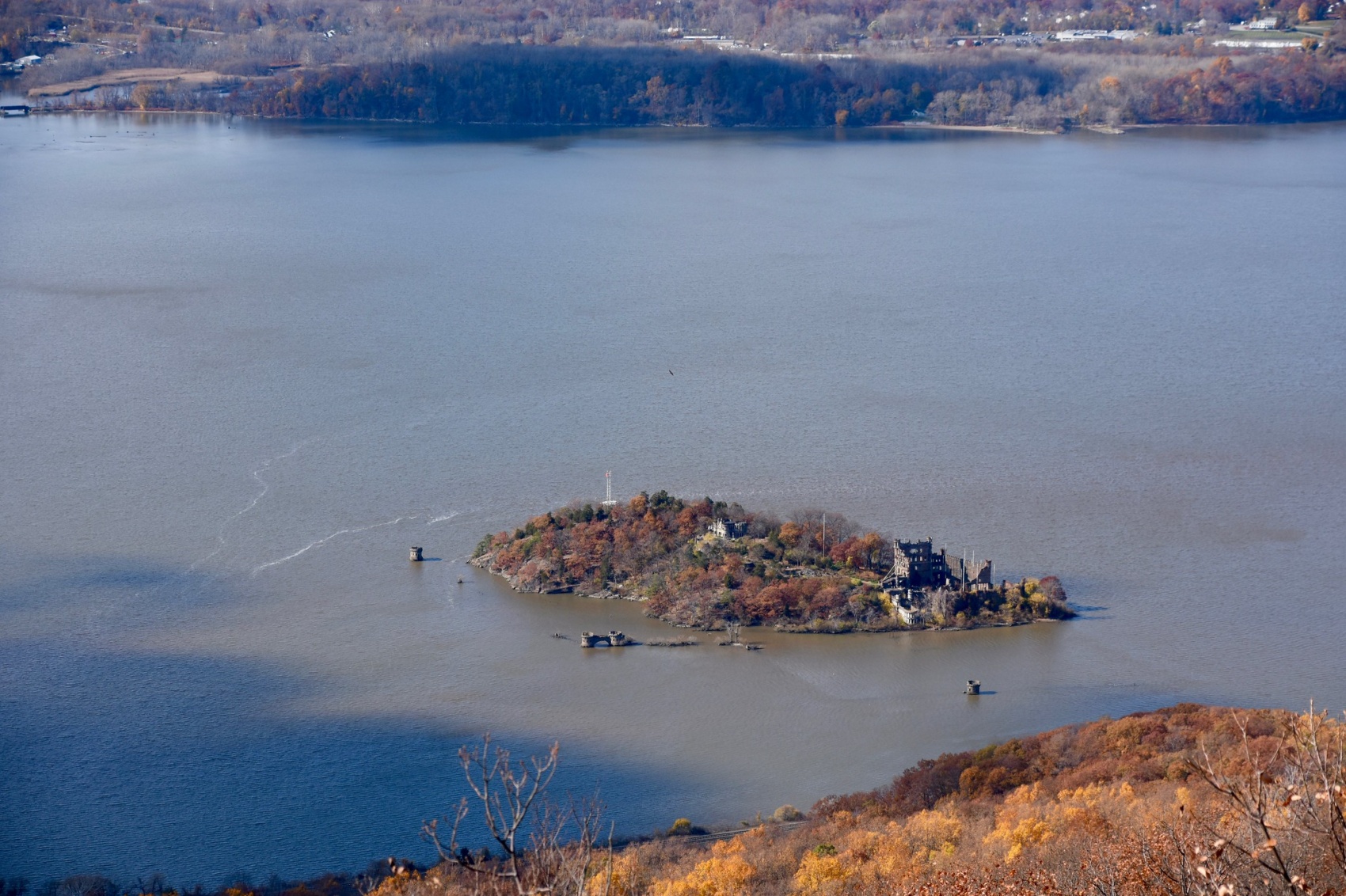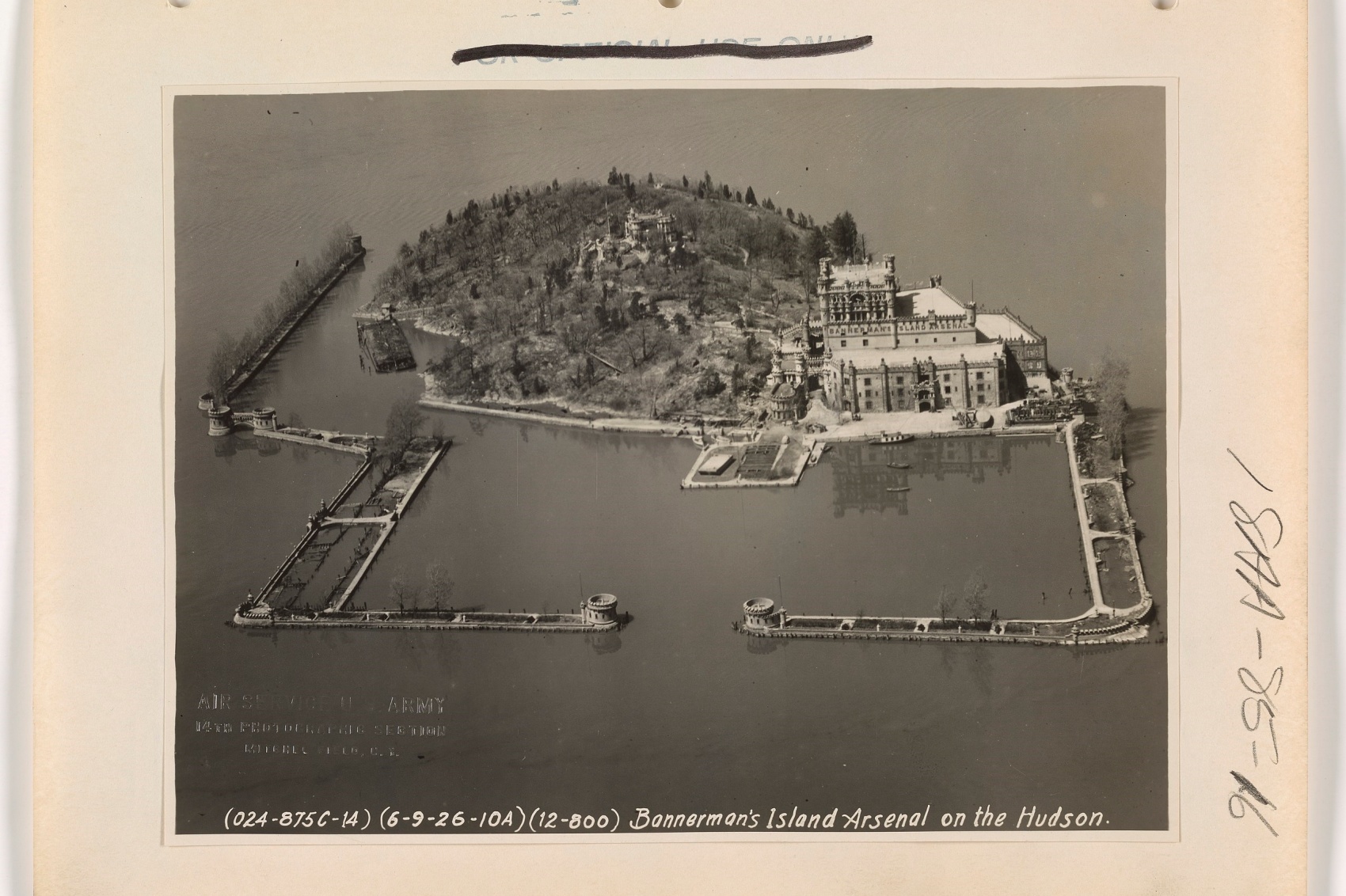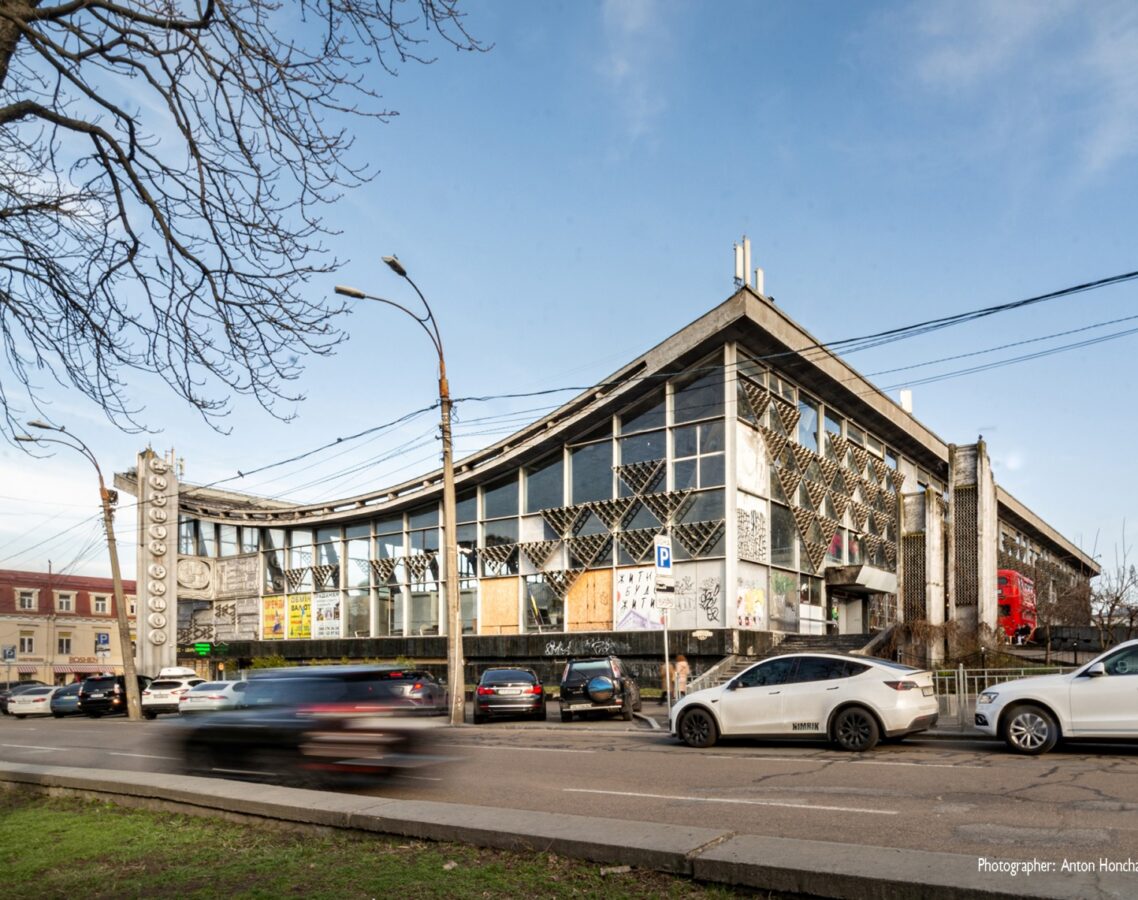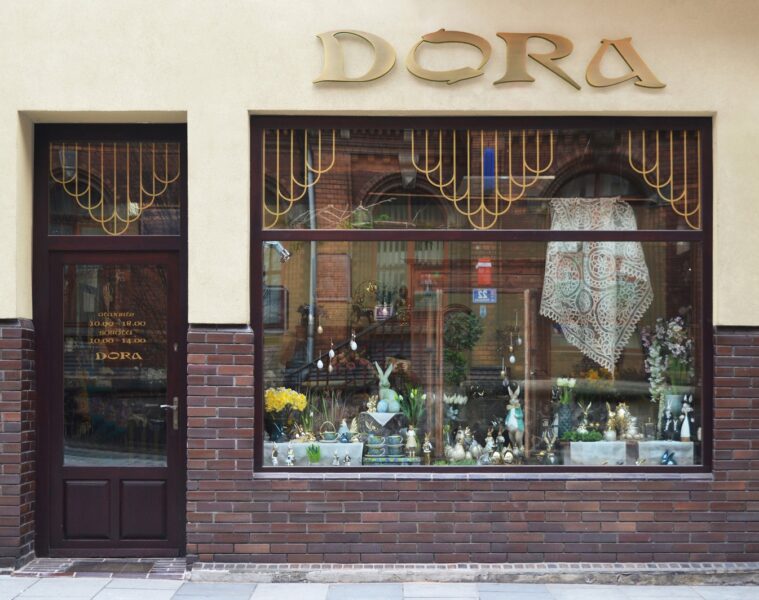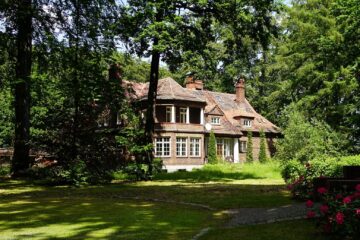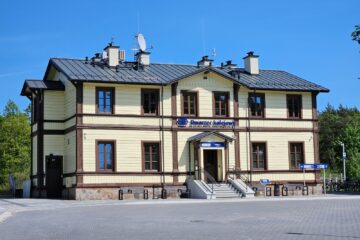A ruined castle on the Hudson River hides an incredible and little-known story. The castle was owned by an enterprising Scotsman whose ambition made him a military magnate of the United States. The arsenal’s eclectic architecture is an aesthetic assemblage of well-known orders across Europe. Unfortunately, the remarkable monument has been deteriorating for more than a century.
Bannerman Castle is an interesting attempt to create a European castle on America’s east coast. The warehouse for military equipment looks like a medieval fortress thanks to its defensive architectural elements. Numerous towers with battlements, loopholes and high walls are combined with ornate abutments and knightly coats of arms. The entire structure was plastered over and a large inscription was placed on one of the walls: the Bannerman’s Island Arsenal. The warehouse was an unusual advertisement for the magnate’s arms business. A smaller castle was also built next door as Bannerman’s summer residence.
Interestingly, the design of the castle was created by Francis Bannerman himself – the owner of the island on which the building stands. He then consulted drawings with engineers and began construction. The interiors of both the warehouse and the residence were decorated with vintage military equipment. The centre of the castle was also a design by the owner. In turn, Bannerman’s wife laid out the garden and alleys on the island.
Business shark
The history of the castle’s owner is more interesting even than the building itself. Frank Bannerman VI was born in the north of Ireland in 1851. His family came from Dundee, but shortly after Frank’s birth, the Bannerman family emigrated to New York. In Brooklyn, his parents rented premises and began trading arms with the US Army. Business began to thrive during the Civil War. It was during this period that the Bannermans’ son saw an opportunity to make money. Fifteen-year-old Frank decided to set up his arms dealing business at such a young age.
The young Bannerman had a “knack” for seeing value in seemingly worthless things. Frank began to buy up old guns, rifles and anything the US Army no longer wanted in its stores. For example, after the US-Spanish War, he bought back 90 per cent of the military equipment seized by US troops. The swivel-eyed Scotsman started looking for goods in all corners of the country. He wanted to be addressed as Francis, to make his name sound more noble.
In 1898. Francis bought equipment from the ship USS Maine, which had sunk. In fact, he didn’t stop at hardware and bought all the metal recovered from the wreck. He grew his business and the shop grew over time to seven floors filled with military equipment and antiques from the second half of the 19th century. There was so much equipment that Bannerman had to find a new warehouse for his arsenal.
A European dream in America
While travelling in Europe, Francis discovered his new fascination – castles. He was impressed by the picturesque palaces of Bavaria, the aesthetic estates of Italy and the castles of his native Scotland. Bannerman bought a small island in the Hudson River, lying just off the railway line. On the island, Pollpel Francis built an eclectic warehouse, reminiscent of a European castle. Next to it he located his house, also resembling a castle.
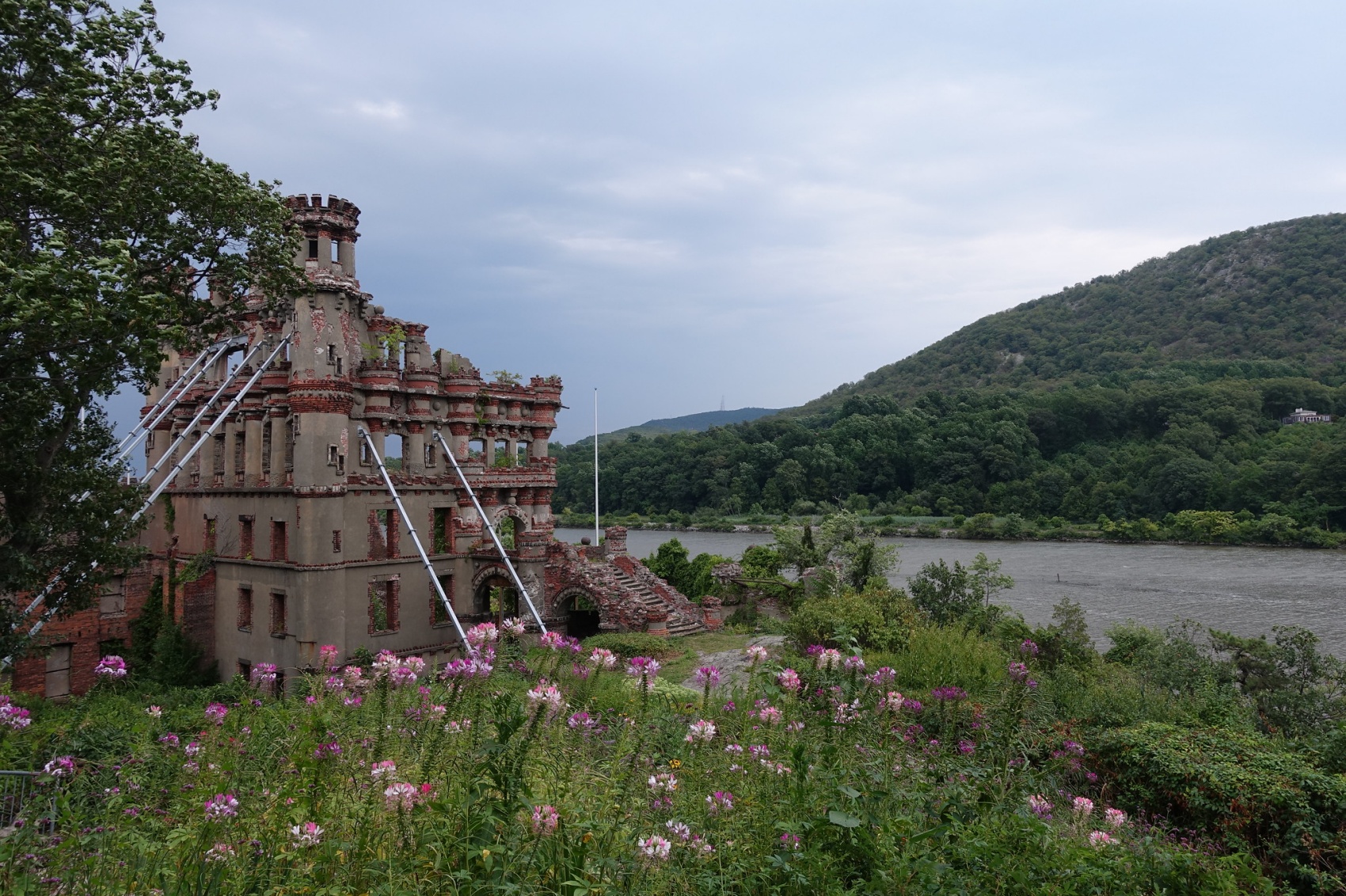
Unfortunately, the Scottish businessman did not manage to complete his work. Bannerman died in 1918 and the warehouse began to fall into disrepair. To top it off, two years after Francis’ death, the warehouse blew up. Black powder stored in crates and guns exploded, blocking the nearby railway line. Francis’ widow barely escaped death as she was on the island at the time of the explosion. In the 1950s, the last caretaker left Pollepel Island. The deteriorating military equipment was sold for a pittance and the castle fell into disrepair. In addition, a three-day fire finished off the dying warehouse. Following these events, the authorities felt that access to the island should be restricted.
Saving the ruins
It was not until 2005 that the non-profit organisation The Bannerman Castle Trust was recognised as an official partner of the authorities in restoring the castle. Thanks to the organisation’s efforts, the island has opened up to some visitors. Despite much effort and volunteer work, parts of the castle still suffered further damage. Since the last such disaster, it has been possible to reinforce the structure and begin repairs. Many activists have joined the organisation including descendants of Francis Bannerman.
Today the castle ruin is in good hands. Francis Bannerman’s legacy is beginning to gain popularity and it is possible that the castle will become an interesting attraction in New York State. Acts of vandalism and neglect have meant that the valuable Szkoda collection has been lost. How valuable was it? A copy of a Gatling gun in good condition can cost up to $200,000 today. Bannerman had dozens of such rifles in his collection. This means that finding at least part of Bannerman’s lost arsenal would guarantee a handsome fortune.
Source: Hudson Valley
Also read: Architecture | Monument | History | Palace | Eclecticism | New York | United States | Interesting facts | whiteMAD on Instagram



